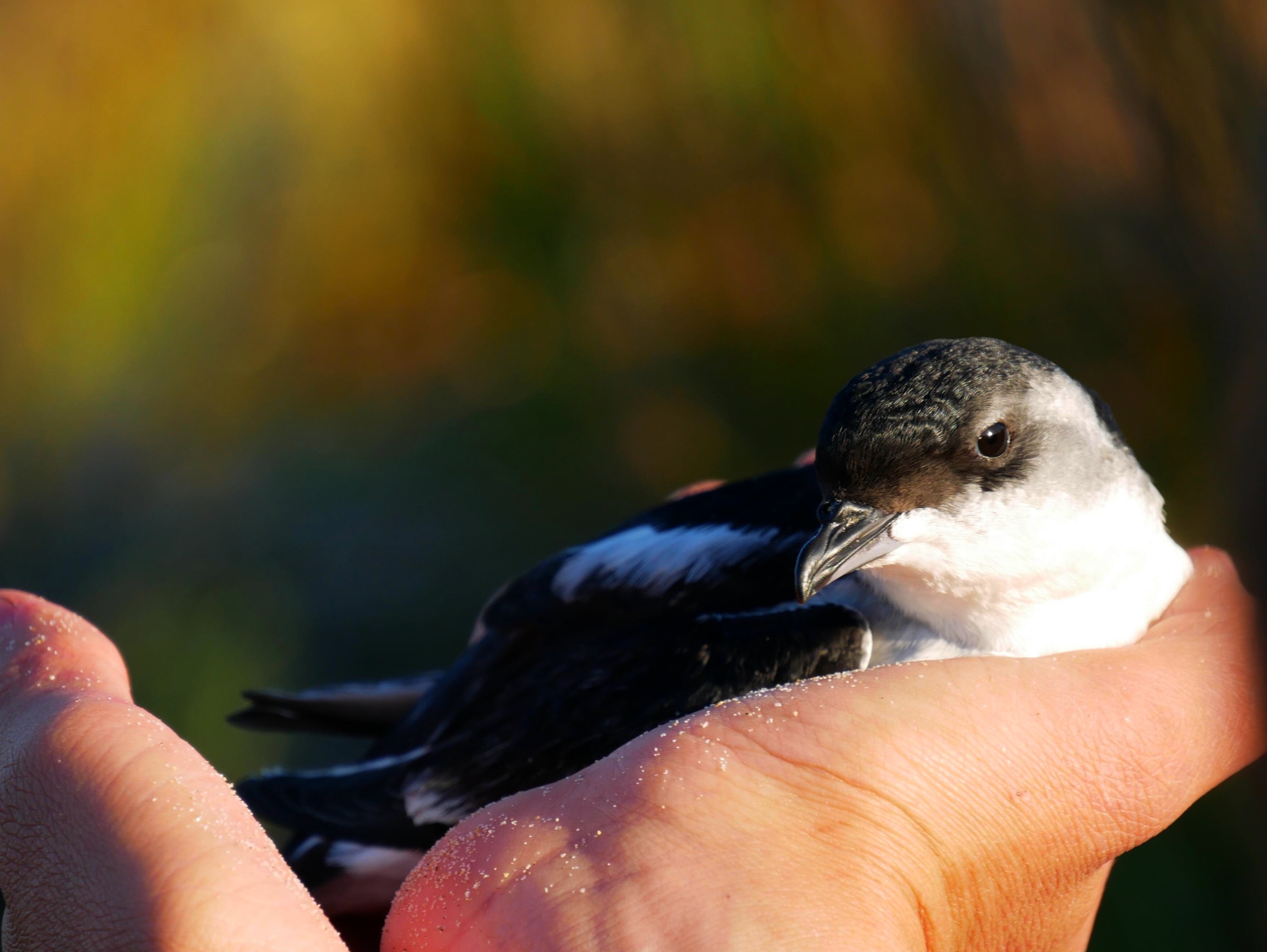A study into a little-known and critically endangered small native seabird, akin to ‘‘flying penguins’’, may help the species’ survival.
Small and water-loving, the Whenua Hou diving petrel, Pelecanoides whenuahouensis, was once found in coastal dunes throughout the country.
Due to predation, they are now found only on Whenua Hou, near Rakiura/Stewart Island.
Researchers from Victoria University, Department of Conservation (Doc), and the University of California recently studied the mysterious taonga (treasures).
Otherwise known as kuaka, there are only 194 to 208 adults at the one breeding colony.

It found the species may need greater protection from lights on vessels in seas, as well as conservation management on land.
Lead author Johannes Fischer, who recently completed his PhD on the birds, said there were still plenty of mysteries surrounding them.
Described as adorable 130g birds that fit in the palm of a hand, he said the blue-footed kuaka were good-natured.
As with other seabird species, they mate for life. However, they would re-enter the dating world if the need arose, Mr Fischer said.
While Whenua Hou had been predator-free since 2000, other threats remained and, until this study, offshore threats affecting kuaka had not been studied.
Until it began, they had not even been identified as a separate species.Kuaka were particularly vulnerable; their breeding site consisted of a small 20m stretch of sand-dune.
The time spent tracking the birds, allowed researchers to identify offshore distribution, movement, behaviour, and overlap with vessels.
"These birds travel thousands of kilometres to their non-breeding grounds, where the birds then stop flying altogether and spend months on, or under, water, becoming basically tiny ‘flying penguins’," Mr Fischer said.
However, their breeding distribution overlapped considerably with vessels.
‘‘For example, light pollution may cause deck strikes [birds colliding with vessels due to disorientation by artificial lights], but this needs more study."
Due to the bird’s aptitude for swimming and less so for flight, it meant they hit the deck harder than other birds.
The researchers had made recommendations to minimise this and a working group had been formed.



















